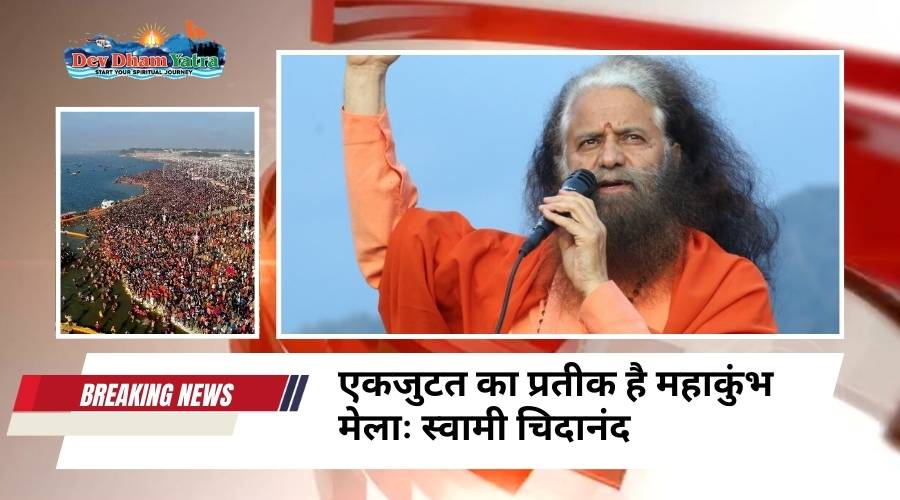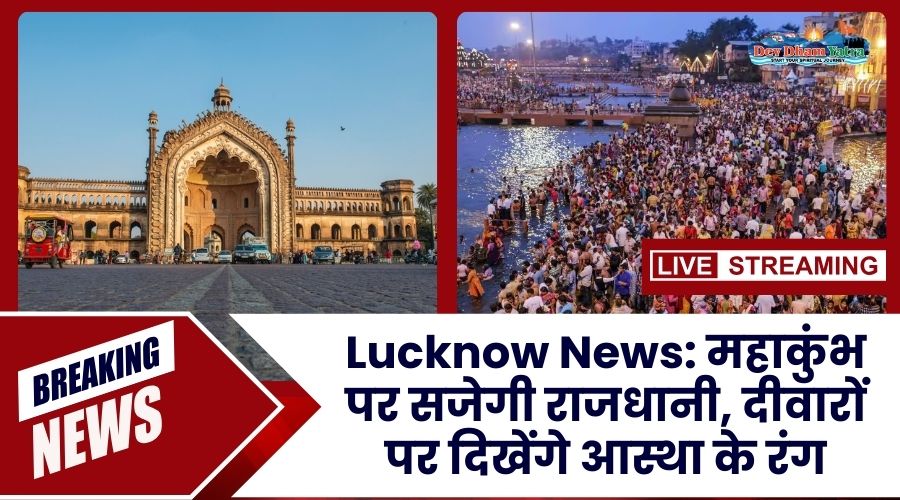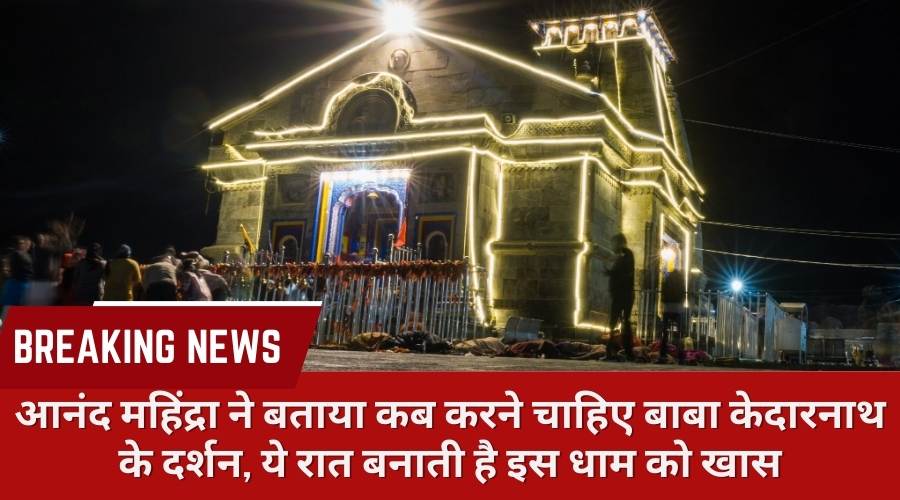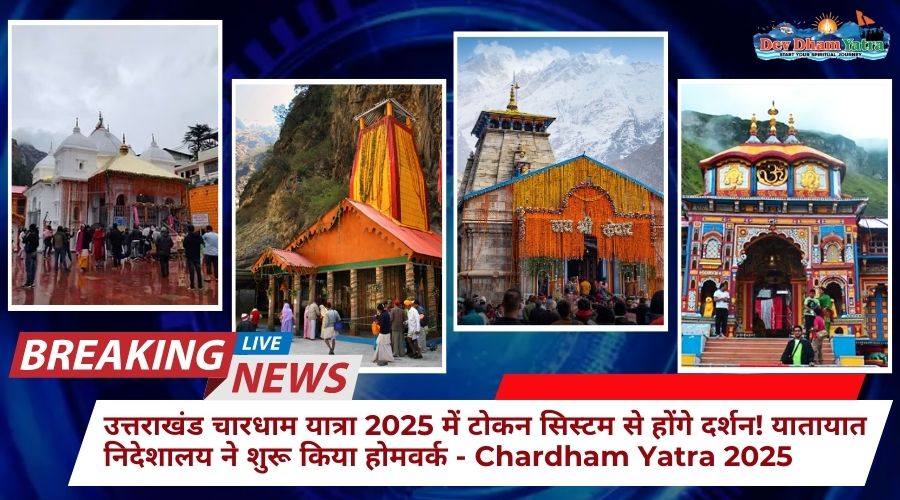Ramanathaswamy Temple: A Spiritual Marvel of 12th century
The Ramanathaswamy Temple stands as one of the most revered pilgrimage sites in India, drawing visitors from all over the world. Nestled on Rameswaram Island, it is dedicated to Lord Shiva and holds immense significance in Hindu spirituality.
Introduction to Ramanathaswamy Temple

Ramanathaswamy Temple is not just a place of worship; it’s a historical and cultural landmark. It symbolizes devotion, spirituality, and the rich heritage of Hindu tradition. As one of the Char Dham pilgrimage sites, it attracts thousands of devotees seeking blessings and spiritual enlightenment.
Historical Significance of the Temple
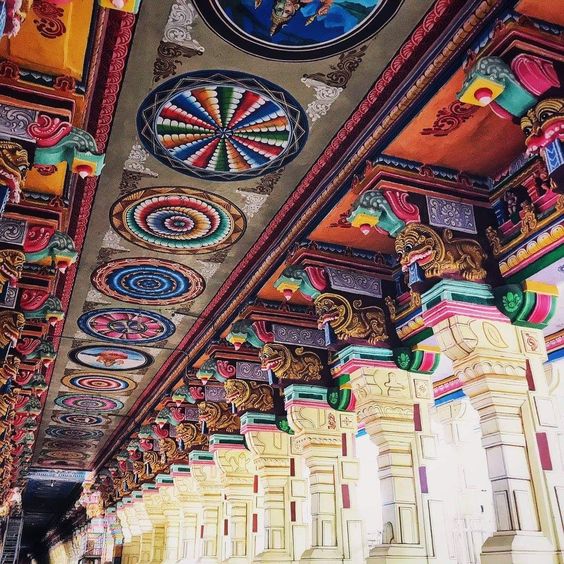
Origins and Legends
According to legend, the temple’s history dates back to the Treta Yuga when Lord Rama built a bridge to Lanka. It is believed that he installed the Shiva Lingam here to seek forgiveness for killing Ravana, a devotee of Lord Shiva. This legend underlines the temple’s historical and spiritual roots, making it a pivotal site in Hindu mythology.
Architectural Features
The temple is renowned for its stunning Dravidian architecture, characterized by intricately carved pillars, majestic towers (gopurams), and beautiful sculptures depicting various deities. The towering entrance showcases the artistic prowess of ancient builders, reflecting the spiritual devotion of the time.
Location and Accessibility
Getting to Ramanathaswamy Temple
Rameswaram Island is well-connected by road and rail, making it accessible for pilgrims. The nearest railway station is Rameswaram, which connects to major cities. For those traveling by air, the nearest airport is in Madurai, about 150 kilometers away.
Best Time to Visit
The ideal time to visit the Ramanathaswamy Temple is between October and April when the weather is pleasant. This period coincides with major festivals, offering visitors a vibrant cultural experience.
Spiritual Importance
Rituals and Festivals
The temple hosts numerous rituals throughout the year, attracting thousands of devotees. Special ceremonies are held during festivals, enriching the spiritual atmosphere and providing a glimpse into the religious fervor of the community.
Maha Shivaratri Celebrations
Maha Shivaratri is one of the most significant festivals celebrated here. Devotees fast, chant, and participate in night-long vigils, expressing their devotion to Lord Shiva. The temple is beautifully adorned, creating a mesmerizing experience for all visitors.
Other Significant Festivals
Aside from Maha Shivaratri, the temple celebrates various other festivals such as Navaratri and Thaipoosam. Each festival features unique rituals and attracts large crowds, further enhancing the temple’s significance in the cultural landscape.
Temple Architecture
Dravidian Style Influence
The temple’s architecture is a striking example of the Dravidian style, marked by towering gopurams and elaborate sculptures. This architectural brilliance not only serves a religious purpose but also showcases the craftsmanship of ancient artisans.
Key Structures within the Temple
Within the temple complex, visitors can explore various shrines and structures, including the main sanctum housing the Shiva Lingam and the 22 wells that symbolize different deities. Each structure has its own story and significance, enriching the visitor’s experience.
Visiting Tips for Pilgrims
What to Expect
Visitors can expect a serene environment, bustling with devotees and spiritual energy. The temple’s ambiance, combined with its intricate architecture, creates a unique experience that resonates with every visitor.
Dress Code and Etiquette
When visiting the temple, it’s essential to adhere to the dress code. Traditional attire is preferred, and modest clothing is required. Pilgrims are also expected to maintain decorum within the temple premises.
Cultural Impact of the Temple
Art and Music
The temple has inspired countless artists and musicians over the centuries. Traditional performances and folk songs dedicated to Lord Shiva can often be witnessed during festivals, highlighting the temple’s cultural significance.
Literature and Folklore
Ramanathaswamy Temple is also a prominent subject in various literary works and folklore, reflecting its deep-rooted connection to the cultural and spiritual fabric of India.
Conclusion: The Timelessness of Ramanathaswamy
The Ramanathaswamy Temple stands as a testament to India’s rich spiritual heritage. Its historical significance, architectural brilliance, and cultural impact continue to inspire millions. For those seeking spiritual solace or a glimpse into India’s vibrant traditions, a visit to this sacred temple is an unforgettable experience.
FAQs about Ramanathaswamy Temple
What are the opening hours of the temple?
The temple is open from early morning until late evening, with specific hours varying by season. It’s advisable to check the official timings before visiting.
Is there an entry fee?
No, there is no entry fee to visit the temple, making it accessible to all pilgrims.
What is the best time of year to visit?
The best time to visit is between October and April, when the weather is pleasant, and major festivals take place.
Are there accommodation options nearby?
Yes, Rameswaram offers various accommodation options, ranging from budget hotels to more luxurious stays.
What should I wear when visiting?
Visitors are encouraged to wear traditional attire, and modest clothing is required for entry into the temple.
Are photography and videography allowed?
Photography is restricted in certain areas of the temple, so it’s best to check the guidelines before capturing images.
For more such blogs and infomartion , do visit our site – Devdham Yatra .





